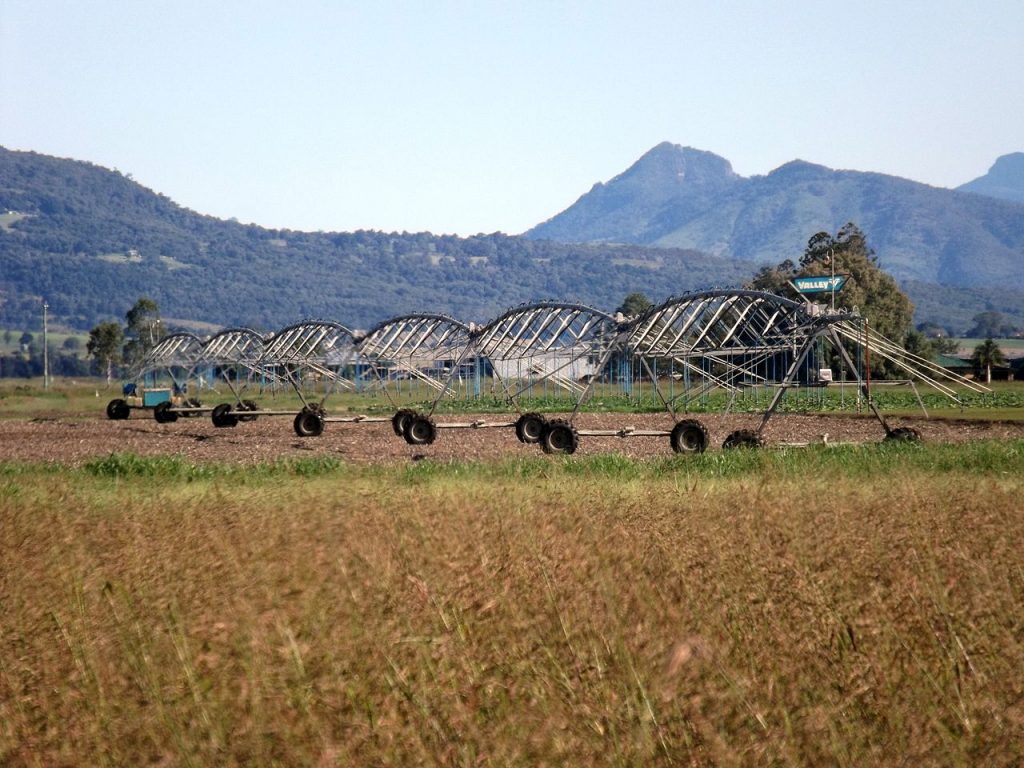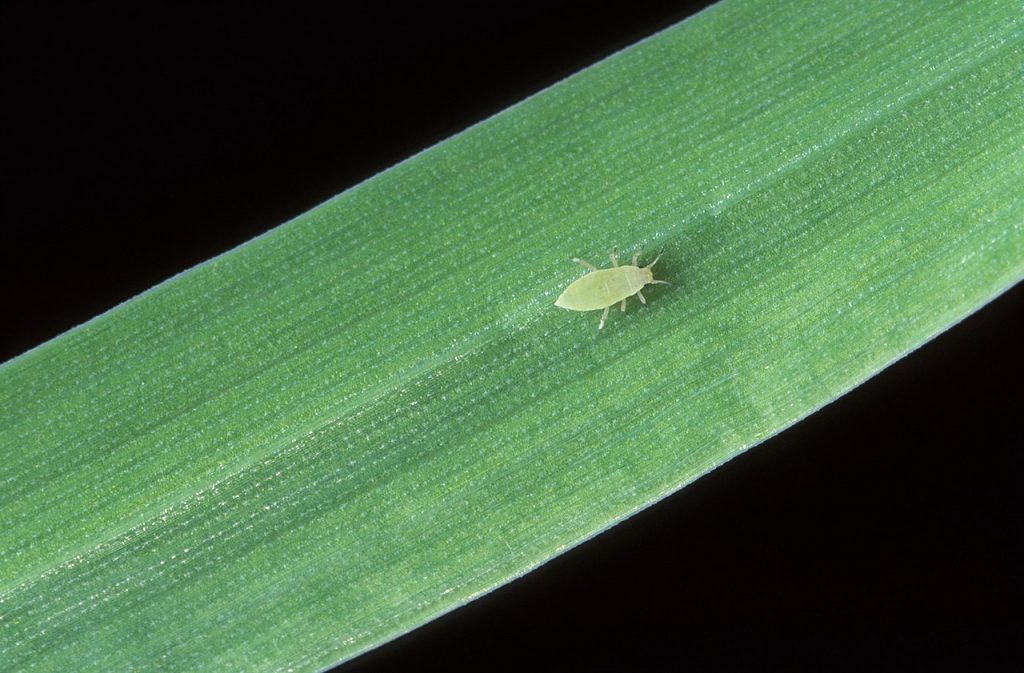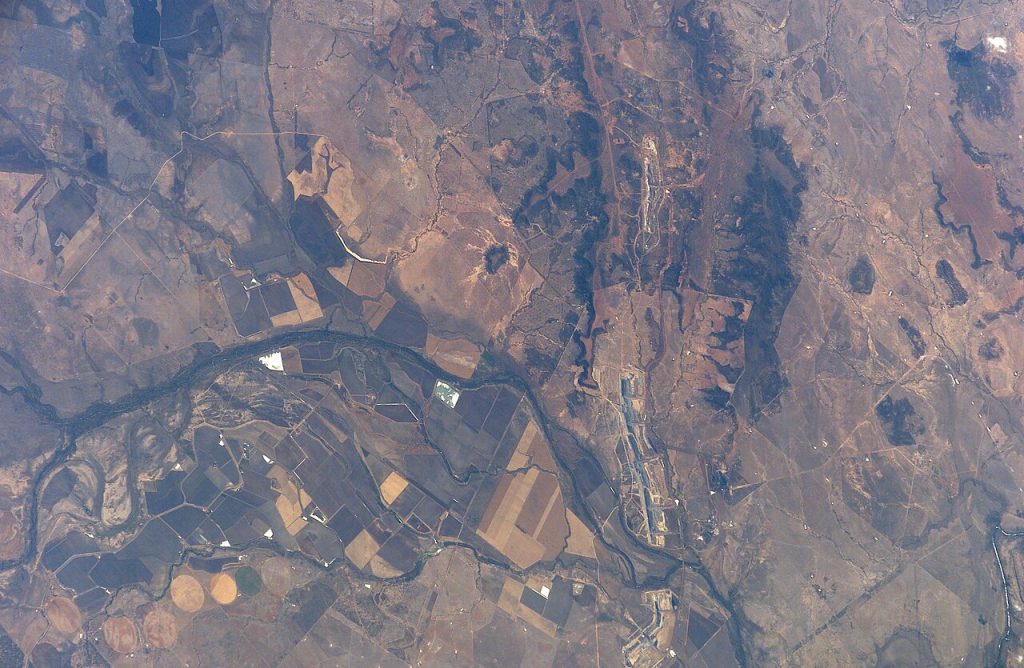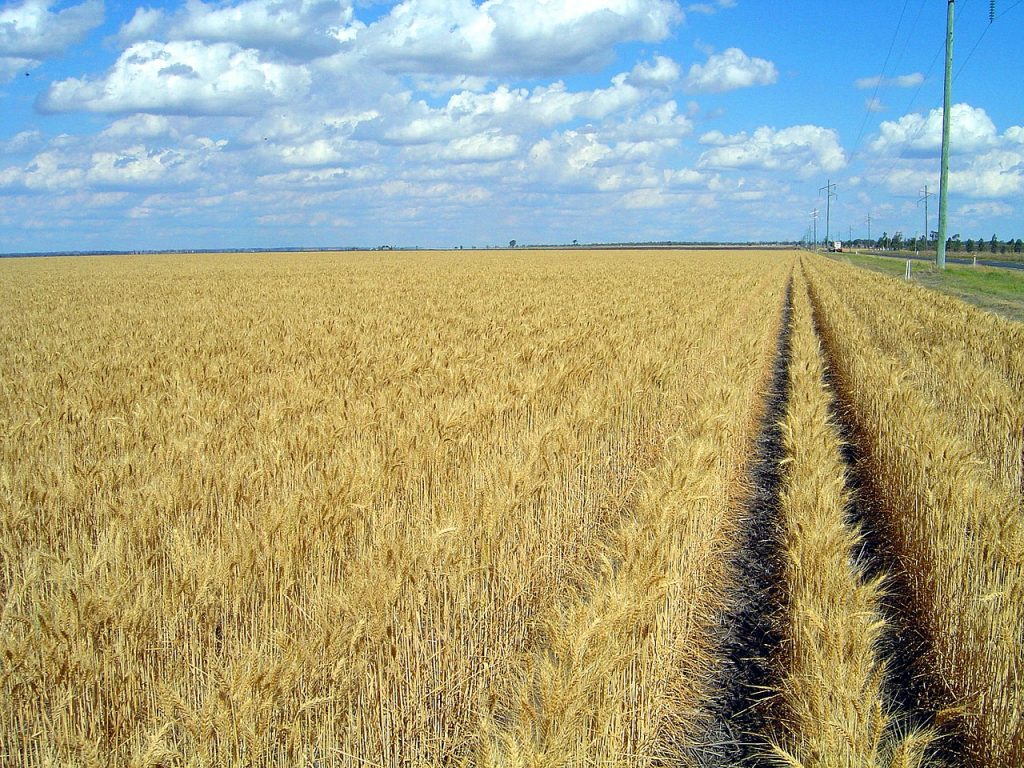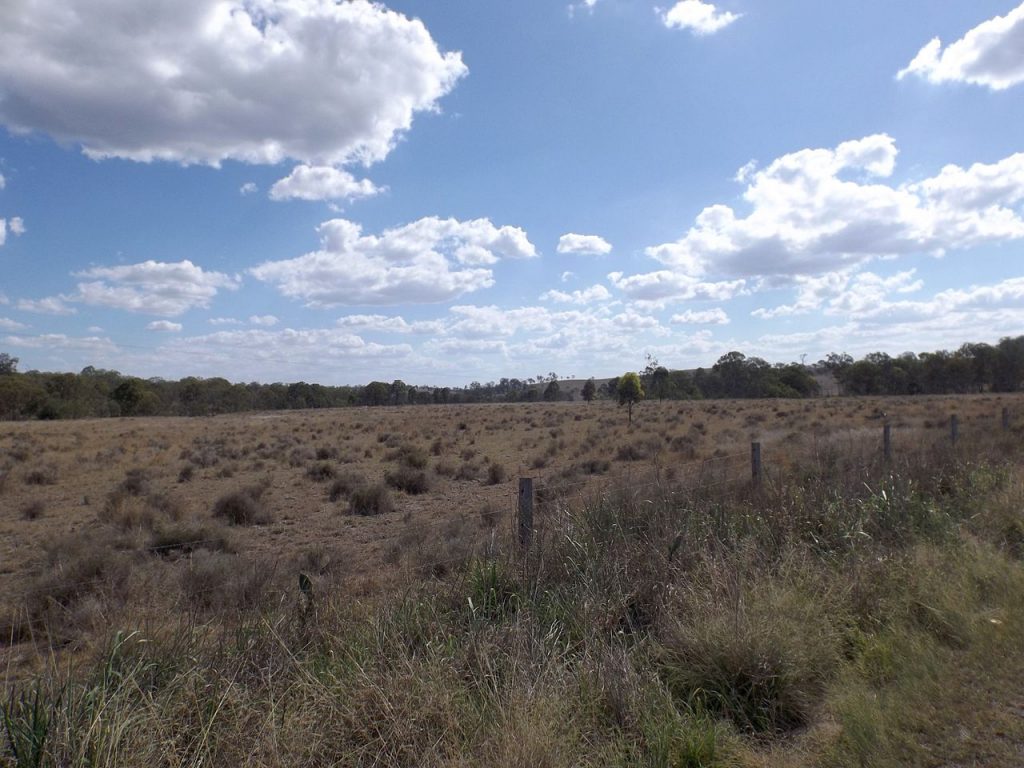
Fertilization and soil health are critical components of successful wheat production, particularly in regions like Queensland, where the unique climate and soil conditions influence crop growth. Queensland’s wheat-growing areas are distinct from other major wheat-producing states in Australia, such as Western Australia and South Australia, in terms of soil types, rainfall patterns, and environmental factors. Understanding these differences is essential for adapting fertilization and soil management practices to ensure optimal yields. This article explores the key considerations for fertilization and soil health in Queensland’s wheat production, and how they differ from practices in other Australian states.
Soil Types and Fertilization Challenges for Wheat Production in Queensland
1. Varied Soil Types
Queensland’s wheat-growing regions, such as the Darling Downs, Central Queensland, and parts of the Lockyer Valley, are known for their diverse range of soil types. These soils vary from sandy and light-textured soils to heavier clay and volcanic soils. This variability creates challenges for farmers in terms of fertilization, as different soil types have different nutrient retention capacities and pH levels, which can affect nutrient availability for wheat crops.
In contrast to states like South Australia, where soils are often more uniform and require consistent management, Queensland farmers must take a more tailored approach to fertilization, considering the soil’s texture, drainage characteristics, and nutrient needs. For example, heavier clay soils in parts of the Darling Downs tend to hold more nutrients but can also become waterlogged, which affects nutrient uptake. In contrast, lighter sandy soils, which are more prevalent in Central Queensland, may require more frequent fertilization due to their lower nutrient-holding capacity.
2. Soil Acidity and pH Levels
Soil acidity is another issue that can affect fertilization practices in Queensland. In regions like the Darling Downs, soils can become acidic over time due to continuous cropping. This acidity can hinder nutrient uptake by plants, particularly phosphorus, and requires the application of lime to neutralize the soil. Farmers in Queensland often need to monitor and manage soil pH levels more frequently than in other states like Western Australia, where the soils tend to be more alkaline.
In contrast, in Victoria and New South Wales, where soils are typically more alkaline, farmers may not face the same level of acidity-related challenges, making the soil management strategies in Queensland distinct.
Fertilizer Application in Queensland Wheat Farming
1. Macronutrient Management
Wheat requires a balanced supply of macronutrients, including nitrogen (N), phosphorus (P), and potassium (K). Queensland farmers typically apply fertilizers containing these macronutrients to ensure that their wheat crops have the necessary nutrients for growth, especially in regions with sandy soils that are prone to leaching. Nitrogen is particularly important for wheat, as it promotes healthy vegetative growth and helps the crop achieve higher yields.
Unlike Western Australia, where farmers often use controlled-release fertilizers to minimize nutrient losses, Queensland’s climate, with its variability in rainfall, necessitates more frequent applications of nitrogen fertilizers. This is because heavy summer rains can cause nutrients to leach out of the soil, especially in lighter soils, requiring farmers to adjust their fertilization schedules accordingly.
2. Micronutrient Management
While macronutrients are essential for wheat production, micronutrients like zinc, copper, and boron also play a significant role in ensuring healthy crops. In Queensland, wheat-growing soils can sometimes be deficient in micronutrients, particularly in regions with highly weathered soils. In these cases, farmers need to supplement their soil with micronutrient fertilizers to ensure that their crops receive the complete spectrum of nutrients needed for optimal growth.
In contrast, farmers in regions like New South Wales and Victoria, where soils are less weathered and more fertile, may not face the same level of micronutrient deficiencies and might not need to apply micronutrient fertilizers as frequently as their Queensland counterparts.
Soil Health Practices for Wheat Farming in Queensland
1. Crop Rotation and Soil Fertility
Soil health is integral to sustainable wheat production in Queensland. Crop rotation is one of the primary practices used by farmers to maintain soil fertility and reduce the risk of soilborne diseases. Rotating wheat with other crops like legumes (e.g., chickpeas, lentils, or faba beans) helps fix nitrogen in the soil, reducing the need for synthetic nitrogen fertilizers and improving soil structure.
In Queensland, crop rotation is particularly important for maintaining soil health in regions like the Darling Downs, where wheat is frequently grown on the same fields year after year. This practice helps replenish essential nutrients, reduces weed pressure, and controls pests and diseases. The rotation of legumes with wheat is a practice used less frequently in areas like Western Australia, where wheat is often grown continuously, and more reliance is placed on chemical fertilizers.
2. Soil Erosion Control
Soil erosion can be a significant concern in Queensland, especially in areas with heavy rainfall during summer. Erosion can lead to the loss of valuable topsoil, which affects both soil structure and fertility. To mitigate soil erosion, Queensland farmers use various techniques, such as contour plowing, maintaining crop residue on the surface, and using cover crops. These practices help protect the soil from being washed away during heavy rains and prevent the degradation of soil health.
In comparison, while soil erosion is a concern in other states like New South Wales, it is often less of a challenge due to the more consistent rainfall patterns in Queensland. As a result, farmers in New South Wales may rely more on controlled tillage methods rather than extensive erosion control practices.
3. Soil Compaction Management
Soil compaction is a major concern in Queensland wheat farming, particularly in areas where heavy machinery is used for planting and harvesting. Compacted soils can restrict root growth and water infiltration, reducing crop yields. To combat this, farmers in Queensland use deep ripping and subsoiling techniques to break up compacted layers and improve soil structure.
Soil compaction is less of an issue in other states like Tasmania, where the cooler climate and frequent rainfall help maintain better soil structure. In Queensland, however, with its more variable rainfall and higher temperatures, managing soil compaction is essential for maintaining soil health and ensuring consistent crop growth.
Sustainable Fertilization and Soil Health Practices
1. Reducing Fertilizer Overuse
One of the challenges of wheat production in Queensland is reducing fertilizer overuse. Over-fertilization can lead to nutrient runoff, water pollution, and negative effects on soil health. Queensland farmers are increasingly adopting more sustainable practices such as precision agriculture, using soil testing, and applying fertilizers based on crop needs and soil nutrient levels. This targeted approach helps optimize fertilizer use, minimize environmental impact, and maintain soil health over time.
In contrast, states like South Australia, where water availability is more limited, place greater emphasis on reducing fertilizer use to minimize nutrient runoff into water sources. Queensland farmers, with access to more variable rainfall, have to balance efficient fertilizer application with the risk of nutrient leaching.
2. Organic Farming Practices
Organic farming is gaining traction in Queensland, where farmers are focusing on reducing chemical inputs and promoting soil health through natural methods. Organic fertilizers, such as compost, manure, and bio-based products, are being used to improve soil fertility and structure without harming the environment. This practice is gaining popularity in Queensland’s wheat-growing regions, where consumers are increasingly demanding sustainably grown produce.
In contrast, other states like Western Australia have historically relied more on conventional farming practices due to their larger scale and less emphasis on organic certification. Queensland’s organic farming sector is smaller, but it is steadily growing as demand for organic wheat increases.
Conclusion
Fertilization and soil health practices in Queensland wheat production are shaped by the state’s unique climatic and soil characteristics. The diversity of soil types, variability in rainfall, and the challenges of soil acidity and erosion make fertilization and soil management in Queensland distinct from other Australian wheat-growing regions. While crop rotation, sustainable fertilizer use, and soil health management are common practices across Australia, Queensland’s wheat farmers must adopt tailored approaches to meet the challenges posed by their specific environment. By utilizing advanced technologies and sustainable practices, Queensland farmers are working to ensure the long-term health and productivity of their soils while maintaining high wheat yields.
